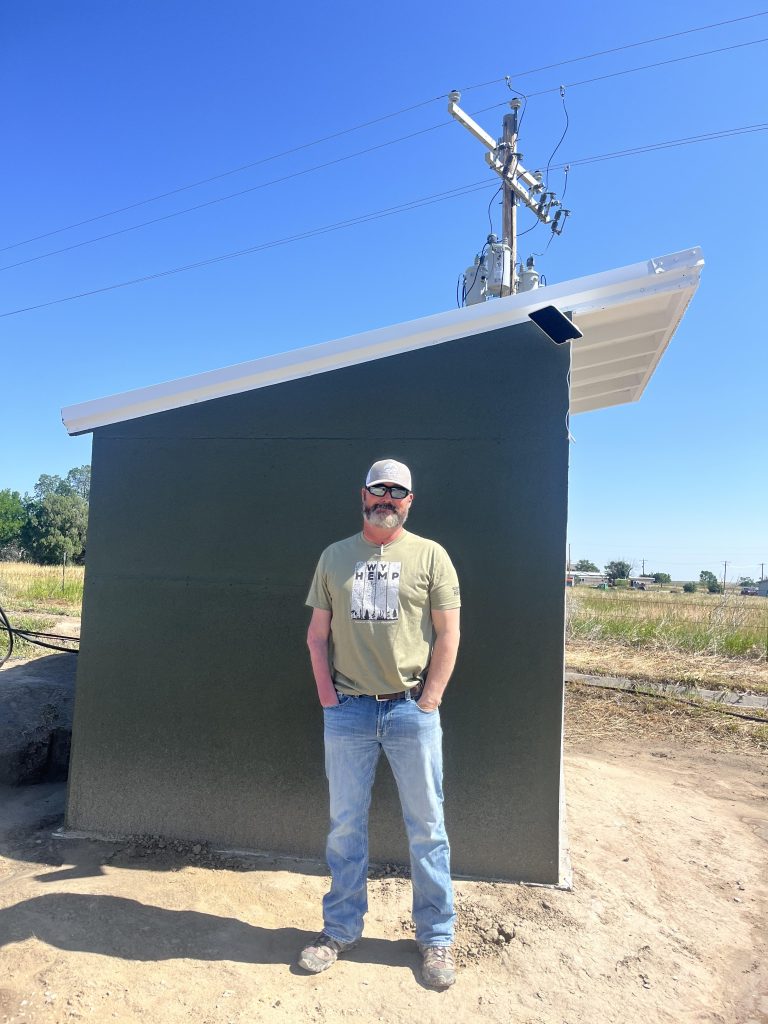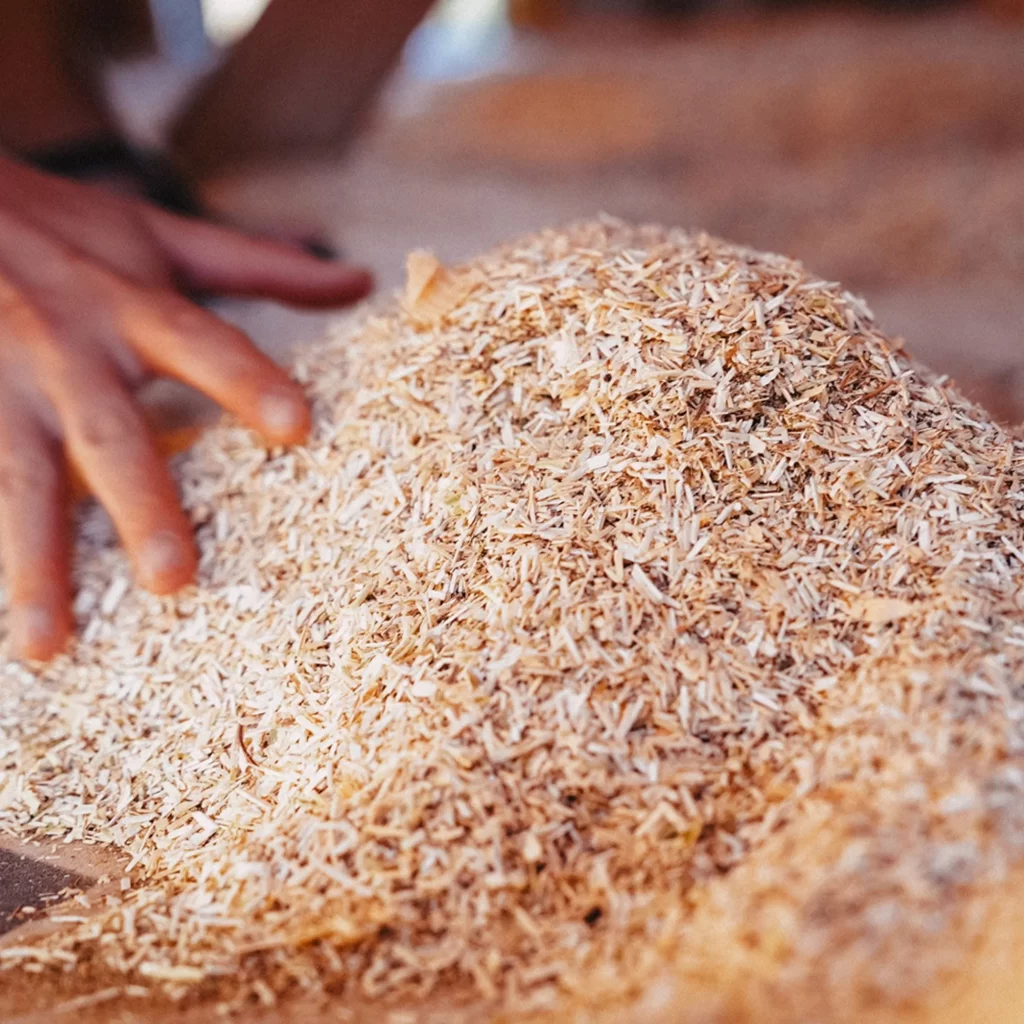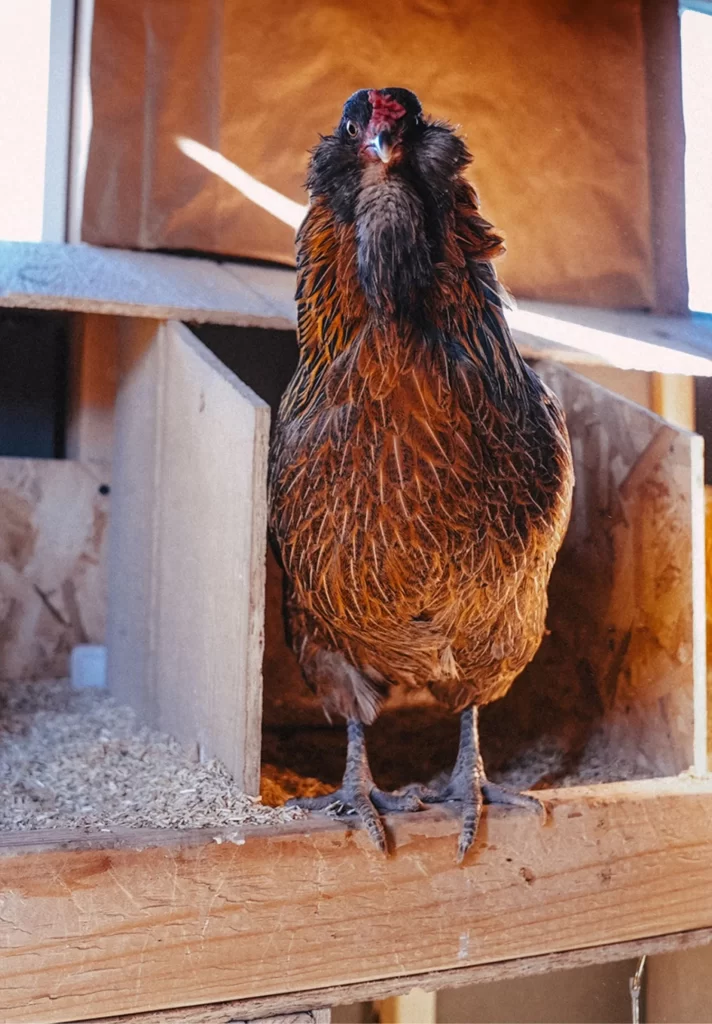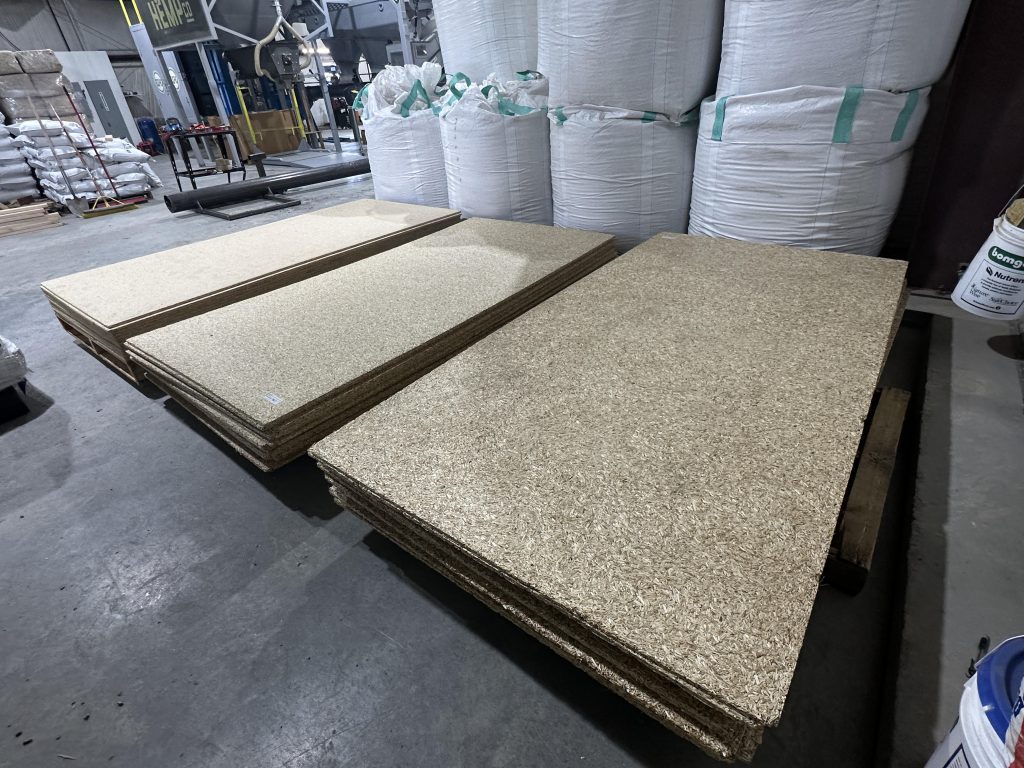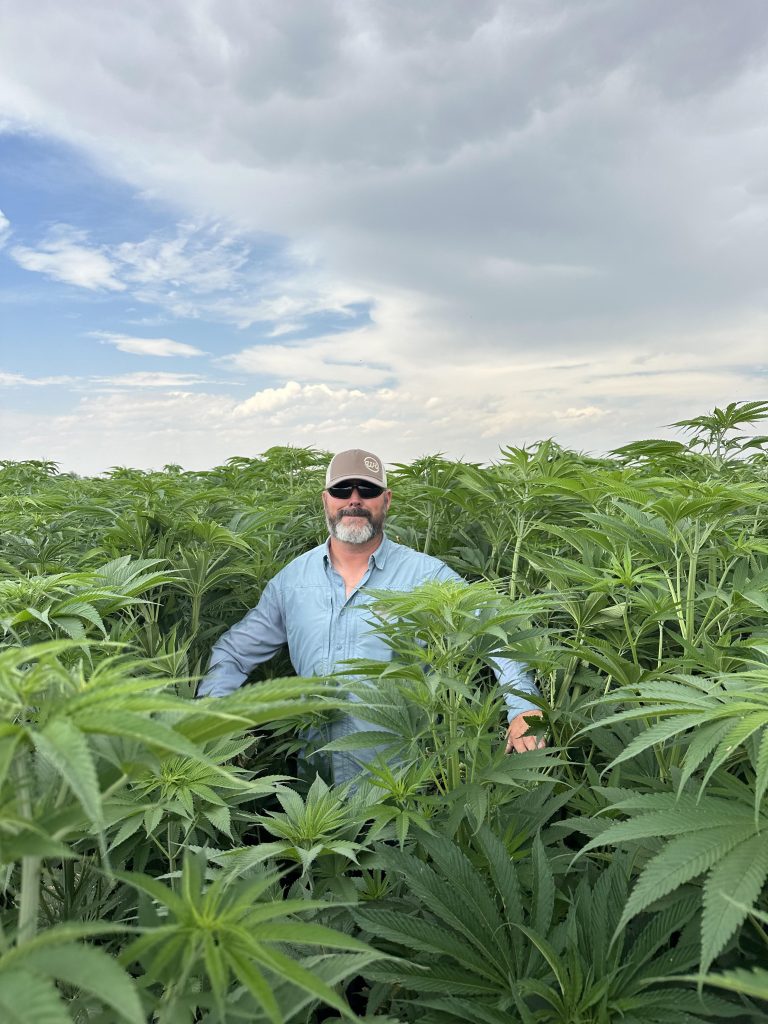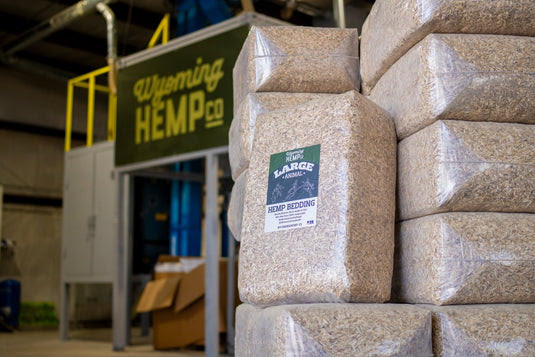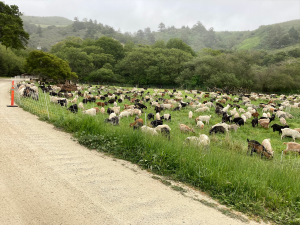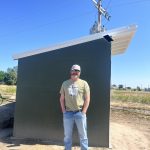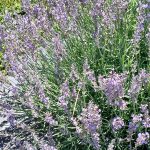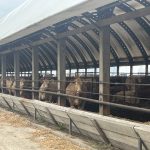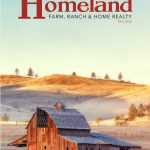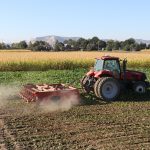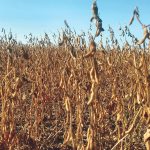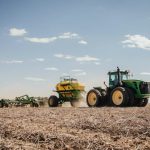2025 Homeland | Wyoming Hemp Company: Building the Future
Wyoming Hemp Company sits quietly off the beaten path just south of Hawk Springs, Wyoming. It would be easy to miss if it wasn’t for the sign marking its entrance. Right now it looks like an ordinary farm in an ordinary small town at the end of an ordinary dirt road.
But owner Justin Loeffler has big plans to change that perception.
Best known for their premium hemp-based animal products and skateboard-riding chicken t-shirts, Loeffler and crew are working on a product they believe could revolutionize the construction industry: pressed HempBoards.
But let’s back up.
“Wyoming Hemp Company is a fully functional hemp milling, packaging and research farm,” Loeffler explains.
“We focus on three main components of the hemp plant: the hurd (which is our primary focus), fiber and grain,” he continued.
Loeffler likes to use this simple comparison:
“Think of hemp as a banana. The fiber is the peel, the hurd is the banana itself and then there’s the grain.”
Many processors throughout the United States have traditionally focused their production on CBD or fiber, leaving behind massive amounts of hurd as a byproduct.
Wyoming Hemp Company has made hurd the centerpiece of its operations, transforming it into their flagship animal bedding.
The bagged animal bedding, which comes in small, medium or large sizes can be found at retail locations all around Wyoming.
H30 Hemp Seed Meal is created by cold pressing seed into pellets for feed for livestock. The fiber that’s left behind is shipped off site to companies that use it to make a variety of different textiles.
“Animal bedding and meal are great but ultimately they’re just the beginning,” Loeffler said.
His entrepreneurial mind went to work to come up with a higher-value use for the massive amount of hurd byproduct produced by each plant.
His solution: building with hemp using pressed HempBoards- a sustainable and eco-friendly alternative to conventional plywood.
“HempBoards can be used in a variety of interior and exterior applications, offering a greener and cleaner substitute in projects such as cabinetry, flooring, furniture, interior walls and shelving” Loeffler explained.
“As more builders and designers seek out sustainable materials, HempBoards provide a truly renewable option that doesn’t sacrifice versatility or quality,” he continued.
Currently, pressed HempBoards are more expensive than conventional options due to the complexity of transporting the raw materials, processing and manufacturing.
However, Loeffler is confident that as soon as manufacturing is established in Hawk Springs and other agricultural communities across Wyoming, production costs will drop significantly.
“This will make HempBoards a truly cost-effective and sustainable building material,” he said.
The boards are produced using a non-formaldehyde binder, and because they aren’t made from tree cellulose, they are toxin-free and clean.
“I’m excited about the next generation of boards which are being designed to be fire-resistant for up to an hour,” Loeffler said.
Wyoming Hemp Company is in the planning stages of building a manufacturing facility on-site where they would have the potential to produce up to 30,000 boards a month.
“The construction industry’s biggest challenge right now is that we’re running out of trees and they’re not being replaced fast enough. But farmers can grow hemp quickly and efficiently making it a sustainable and readily available building material. That’s my dream,” Loeffler said with a smile and a nod.
Loeffler envisions Hawk Springs as just the starting point for this venture.
“Goshen County is the gateway to agriculture in Wyoming. We could put facilities like this in farming communities across the state, creating guaranteed revenue for those areas,” he continued.
Loeffler said the most important piece of this puzzle is the farmer and he is focused on creating real incentives and partnerships with local producers.
“People in the industry sometimes say, ‘You can’t care about the farmers this much!’ But to me, it’s essential.”
According to Loeffler, hemp uses about a third less water than an average corn crop of the same acreage. He also said there are now crop insurance plans that cover hemp though it currently only covers input costs due to limited yield data.
“We are able to work with both hay and row crop growers here. They can use their existing equipment: no new investments needed,” Loeffler explained.
Loeffler emphasizes that none of this would be possible without the dedicated team at Wyoming Hemp Company. The hemp industry, he admits, is a bit like throwing spaghetti at the wall – some ideas stick while other don’t. But in true entrepreneurial spirit, the crew at Wyoming Hemp Company keeps working toward their goals.
Loeffler said he’s looking forward to seeing years of hard work and planning pay off for Wyoming Hemp Company and the Wyoming ag community.
“We’re trying to do it right. We have done our due diligence; we’ve spent the money and stayed focused on the dream. It’s worth it.”
For more information on construction and building materials or to schedule a tour of Wyoming Hemp Company, visit their website wyominghemp.us, email them at info@wyominghemp.us or give them a call 307-222-9447
